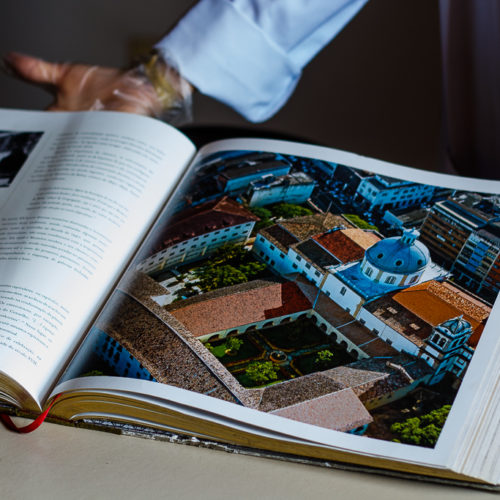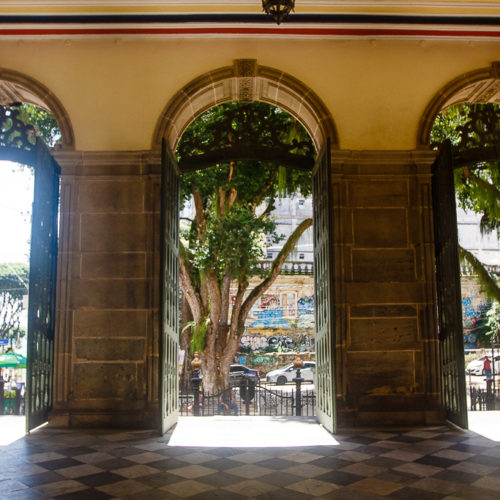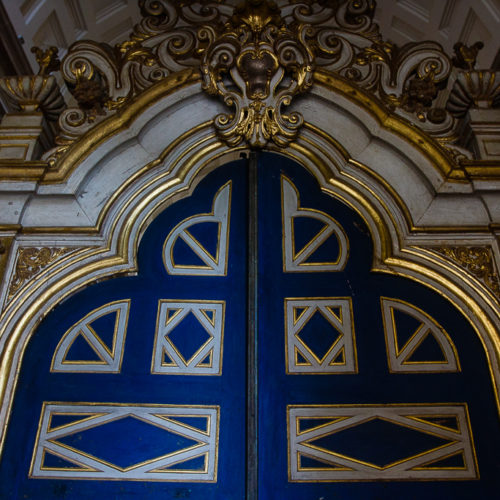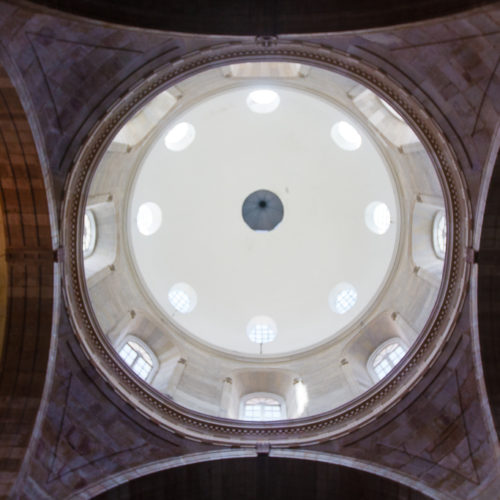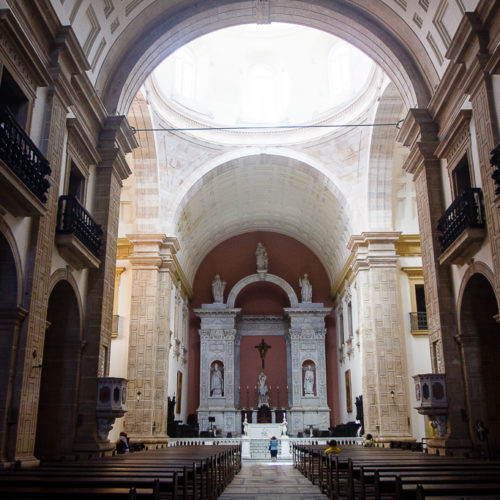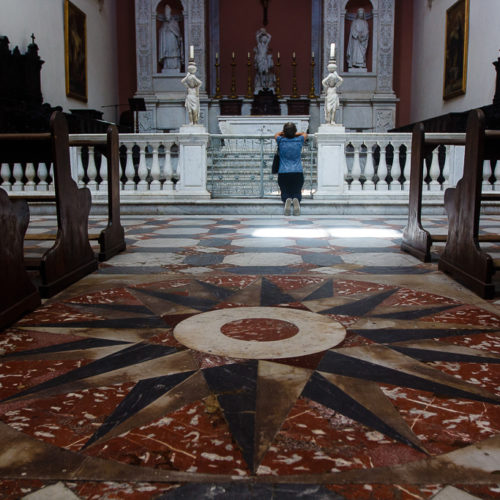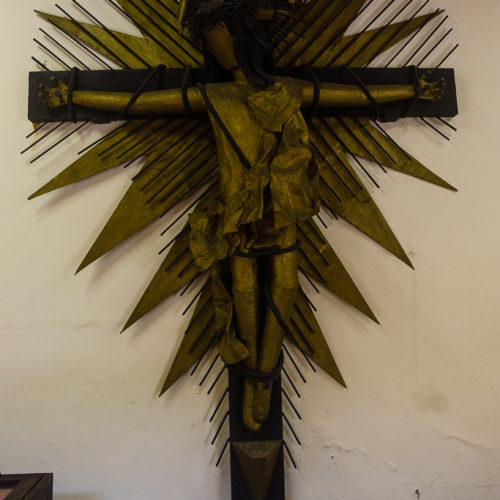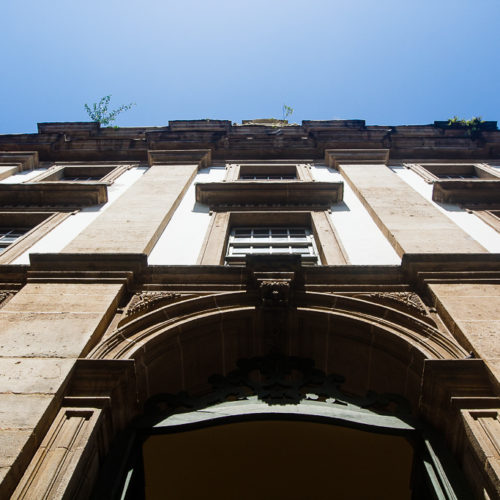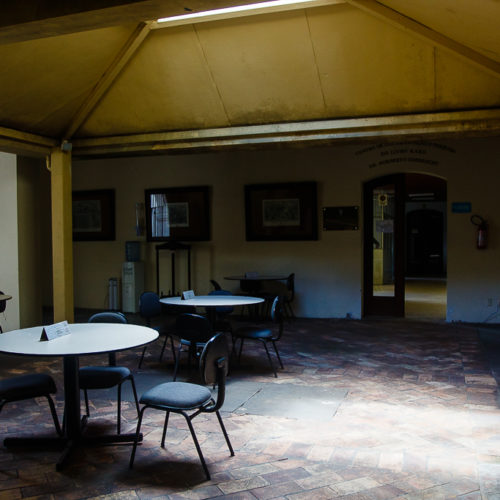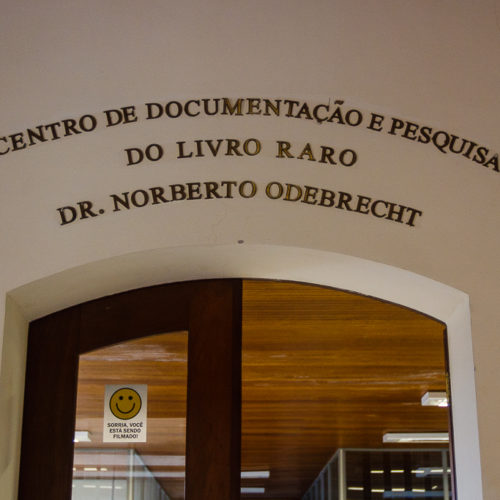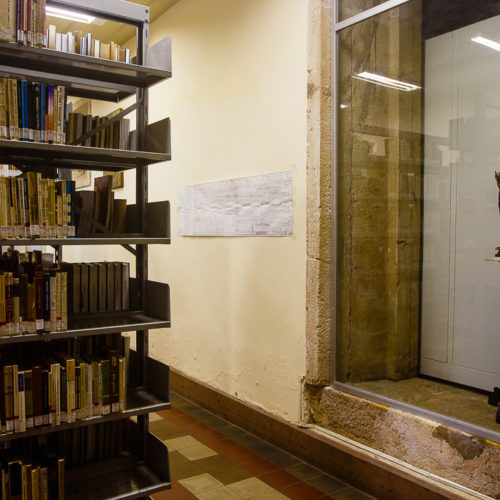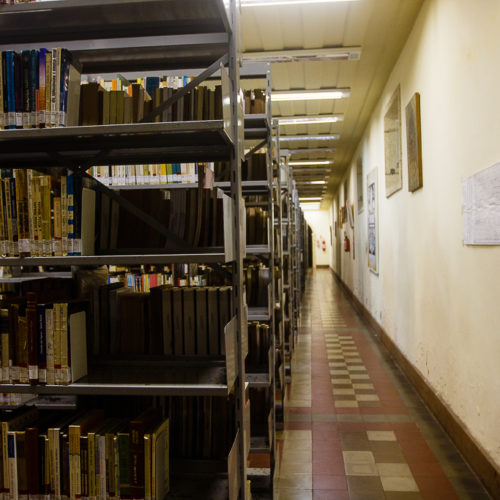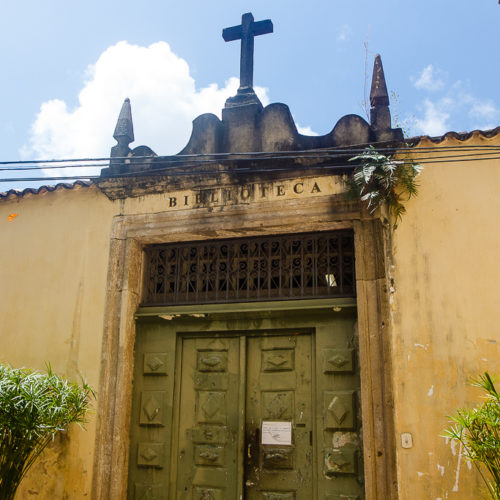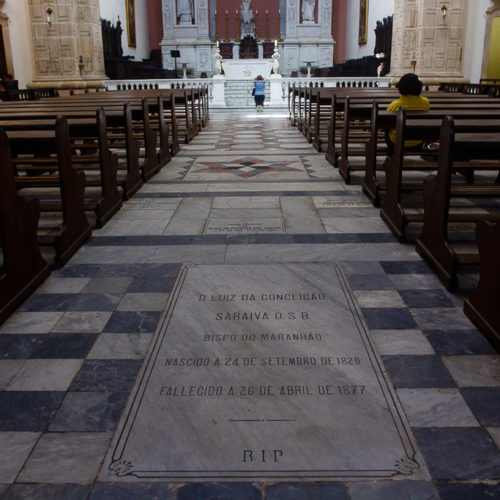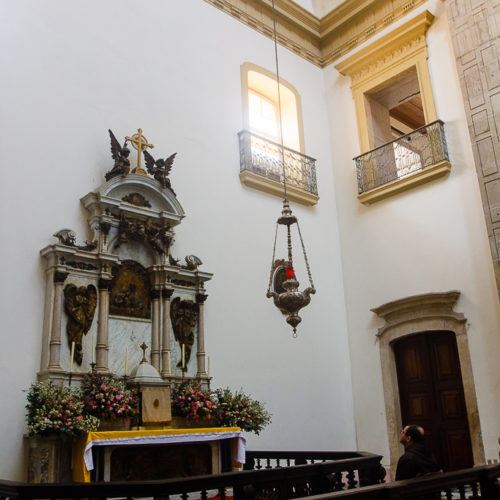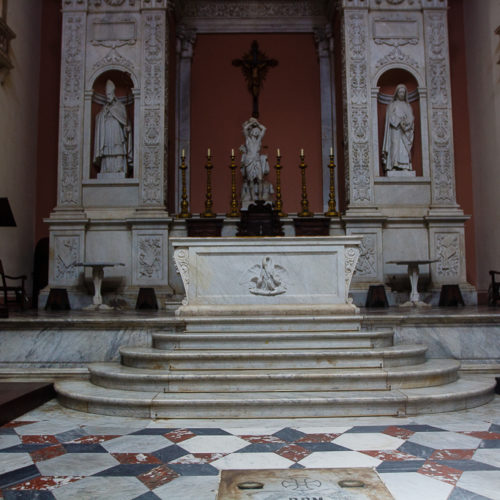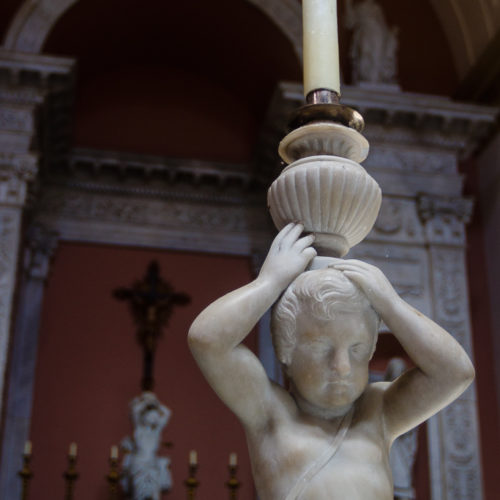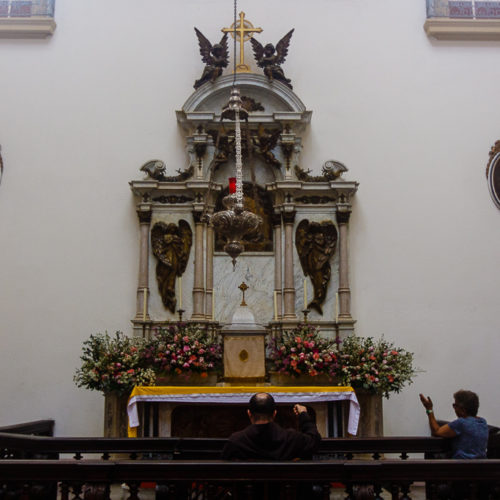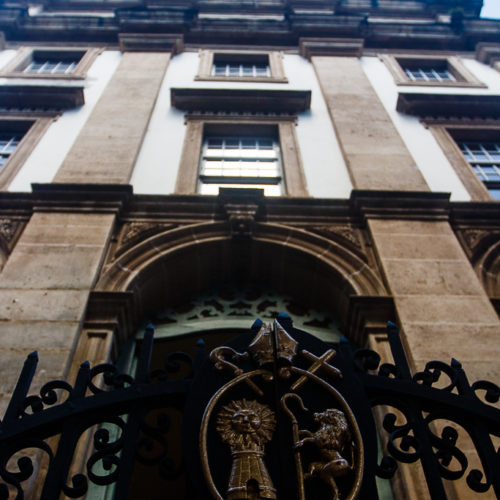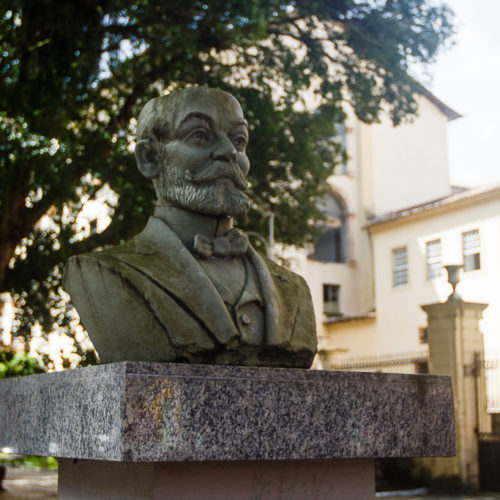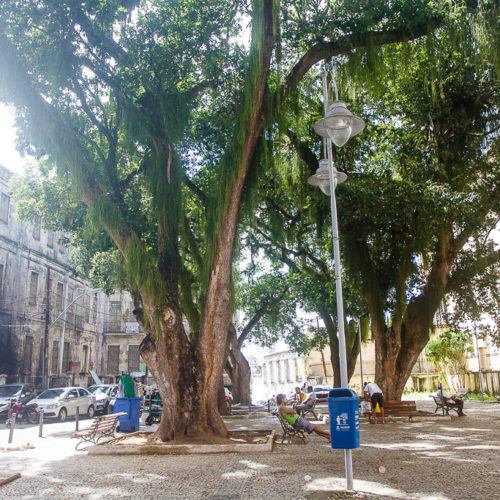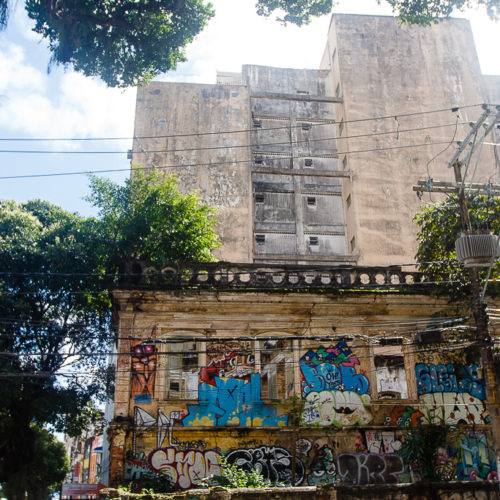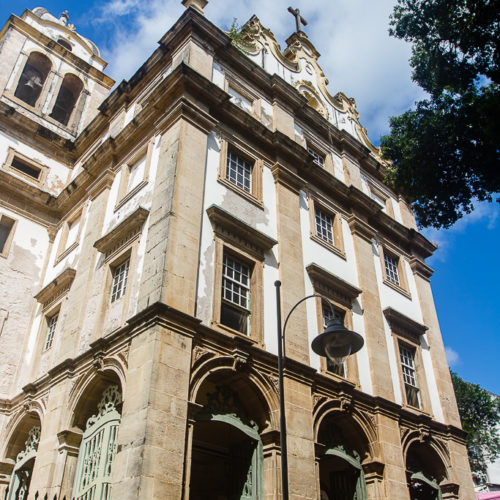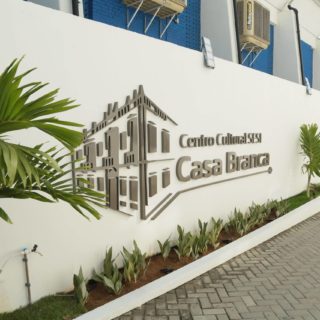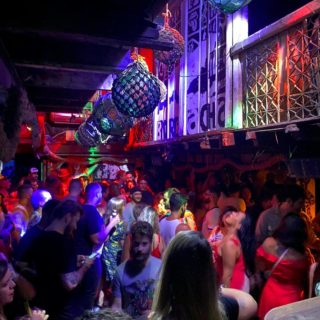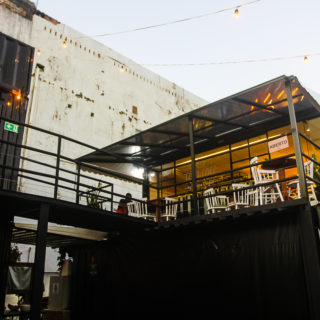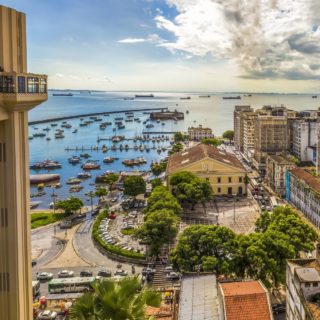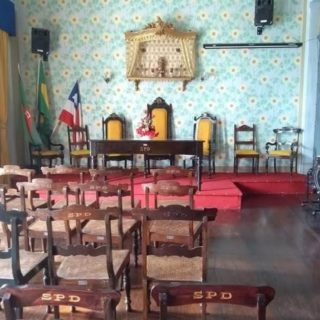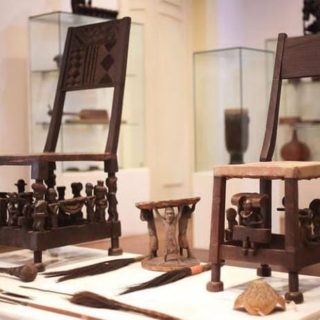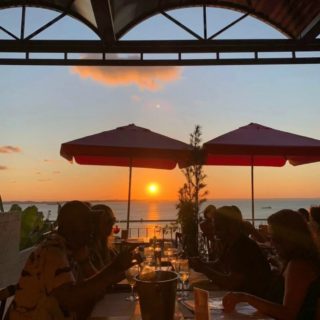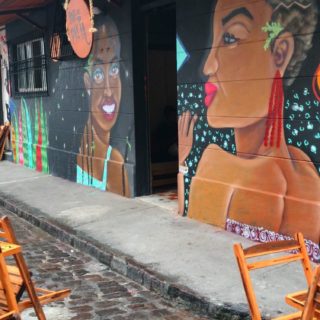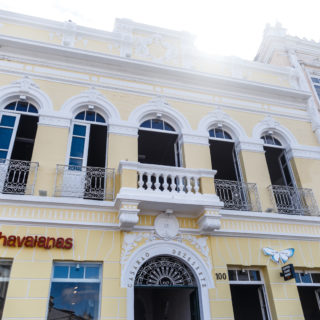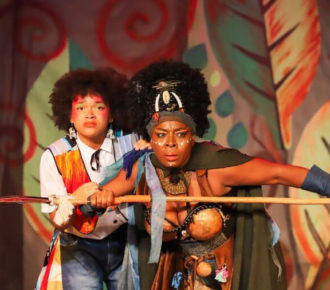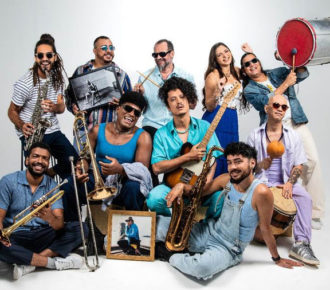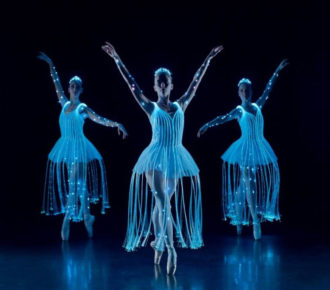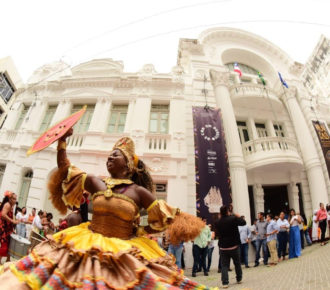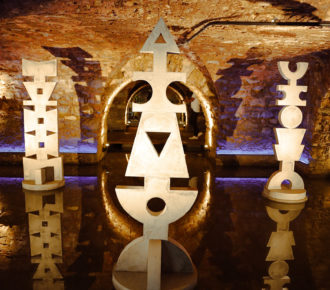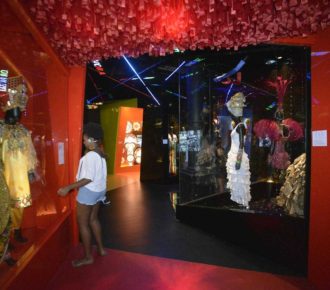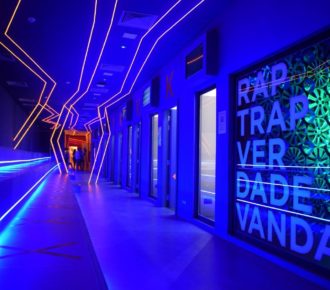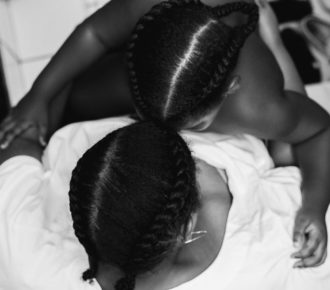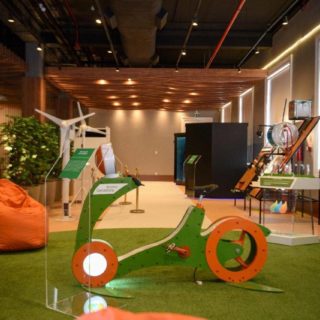
Rich collection of sacred art, historical documents, library with rare works and Museum
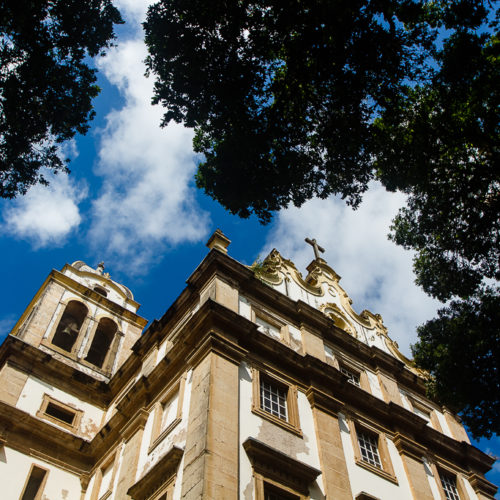
Founded in 1582, the Temple of St. Bento is the first Benedictine foundation in American lands and throughout the history of the Order, the first New World Monastery. Parallel to its important religious role – to spread the Catholic faith, the Bahian institution was also highlighted by the formation of a rich collection of sacred art and historical documents. São Bento da Bahia Monastery is a sample of this collection, highlighting architecture, relics, religious imagery, paintings and furniture.
The Basilica is much sought after for special celebrations such as weddings and graduations, due to its beauty, historical, cultural and religious importance. In the St. Bento Museum, installed in the upper galleries of the Basilica of San Sebastian, there is a representative exhibition of a collection of more than two thousand pieces, including paintings, porcelain, crystals, jewelry, furniture, and 223 religious imaginary units.
The building is of notable architectural merit, although it has been built over four centuries and reflects all the trends of this period. Started under the ambitious project of Frei Macário de São João, the works were never completed. The monastery develops on three floors around a courtyard. The church features one of the rare Brazilian plants inspired by the “Gesu” church in Rome, a large dome at the intersection of side of the chapels. Although the dome and vault were only executed at the end of the XIX century, and in this century respectively, they were foreseen in the plan of Frei Macário de São João.
Part of the building was demolished by Seabra
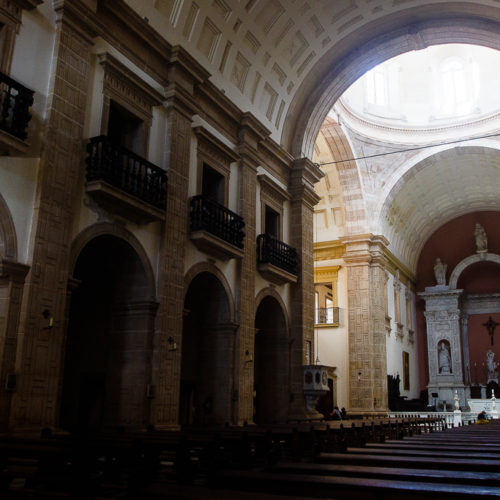
The Basilica of St. Sebastian of the St. Bento Monastery was almost demolished. In August 1912, Governor José Joaquim Seabra, in the name of a (controversial) renewal and progress, issued a decree ordering the demolition of this sanctuary. It failed because of the struggle of the abbot Dom Maiolo de Cagny, who mobilized the population with manifestos written in the streets. The press (mostly ‘seabrista’) supported the demolition. The basilica continues to this day and did not have the same fate as the Sé Primacial (Priory Cathedral), demolished in the early 1930s to give passage to a circular tram line.
This costly and controversial work was intended to the construction of Avenida Sete, stretching from Ladeira da Barra (Barra Hill) to Castro Alves Square. For its accomplishment, part of the São Bento Monastery – a side of the building of the Senate, also the São Pedro Velho Church, the Convento das Mercês (Convent of Mercês) and other buildings along the old Caminho do Conselho in Ladeira da Barra were demolished, and the governor had to face the resistance of the church and segments of commerce and the local bourgeoisie.
The Monastery Library
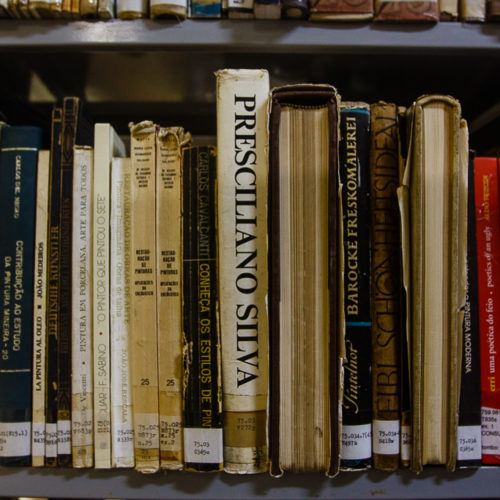
The Monastery Library is one of the oldest of the country and of Bahia; it is the second largest library of rare works in the country, with books dating from 1500 and 1503. The complete collection surpasses 200 thousand volumes and the rare works sector contains approximately 13,000 books printed between the 16th and 19th centuries. The Monastery Library was founded in 1582 and is protected by the Historic and Artistic Heritage. Besides the research made in the place – with an appointment on their schedule – 63 rare works are now available on a free site, saobento.org/livrosraros.
More information at this link.
Service
Mosteiro de São Bento (São Bento da Bahia Monastery)
Largo de São Bento (São Bento Square) – Barroquinha, Salvador – BA, 40024-108
Phone: (71) 2106-5200
Official website at this link.
About São Bento da Bahia College enter this link.
Learn more about the Restoration Laboratory at this link.
We’ve prepared a perfect playlist for this experience. Listen now!

